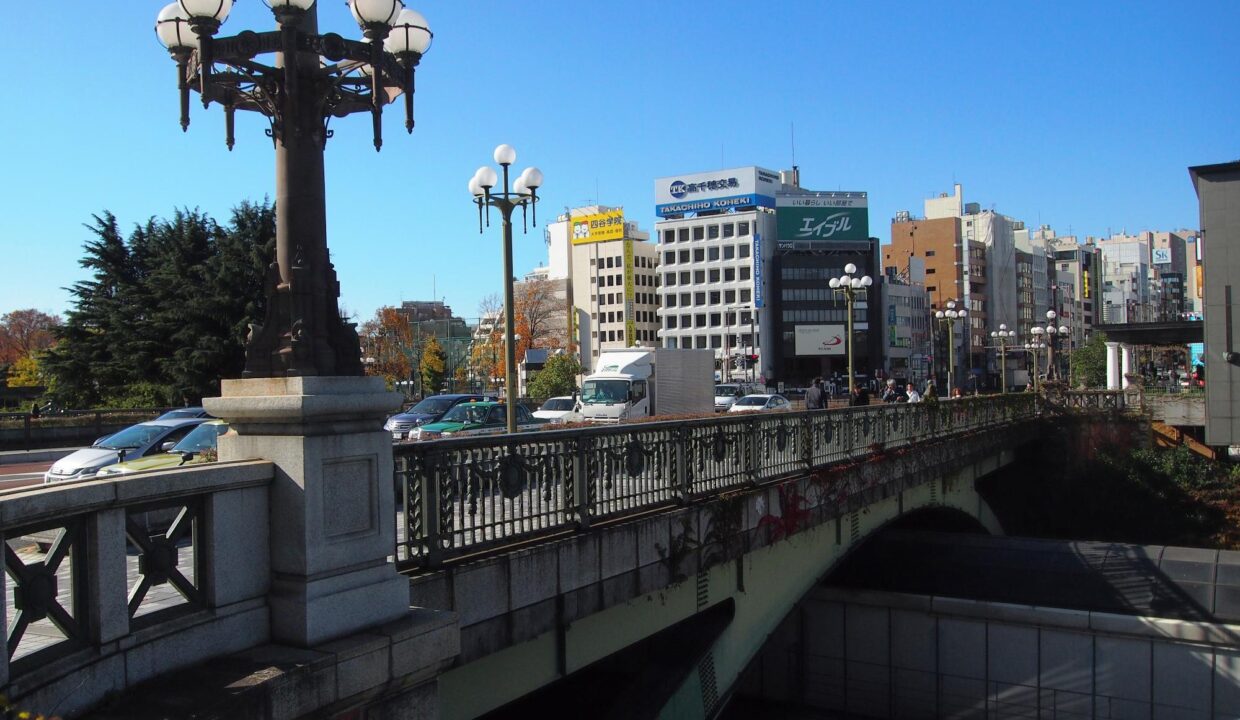
Nestled just 1.5km west of the Imperial Palace, Yotsuya is a vibrant hub in the heart of Tokyo. This bustling area is a key terminal station where the JR Chuo Line, Tokyo Metro Namboku Line, and Marunouchi Line intersect, making it a prime location for commuters.
The eastern region of Yotsuya Station is a tale of two halves. The southern part, extending towards Akasaka-Mitsuke, is renowned for the prestigious Sophia University Yotsuya Campus and the luxurious Hotel New Otani. This area is also home to the House of Councillors dormitory, leaving little room for residential rental properties.
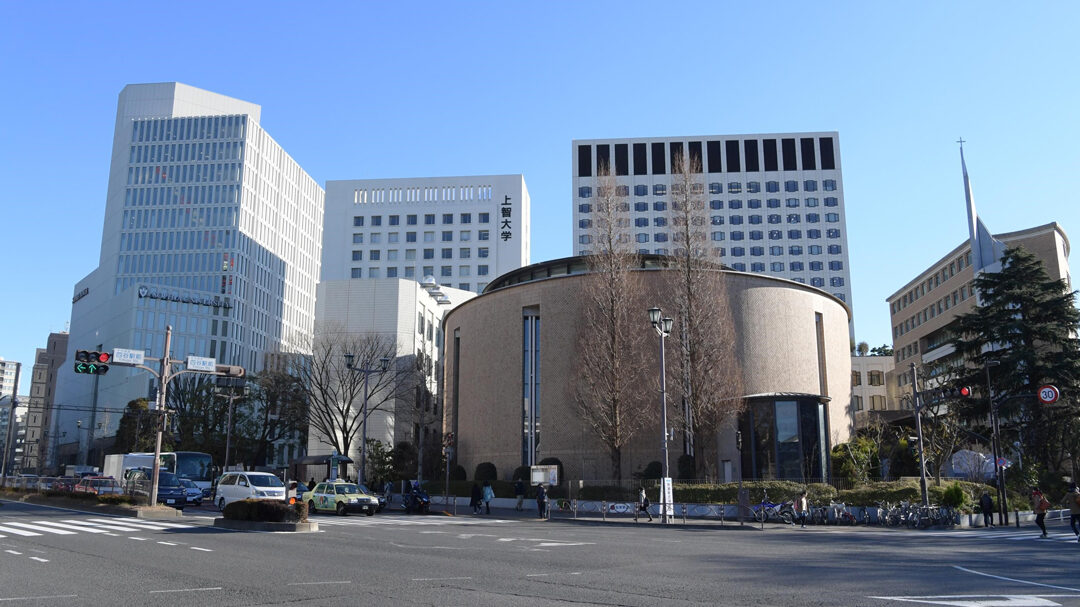
In contrast, the northern side of the eastern region, encircled by Ichigaya Station and Kojimachi Station, is a commuter’s dream. Known as Nibancho and Rokubancho, this area is a blend of office buildings and luxury apartments. If you’re hunting for rental properties in this part of Yotsuya, you’re likely to find high-grade condominiums and luxury apartments, making it an ideal choice for those seeking a high-quality living space.
Venturing to the western side of the station, you’ll discover Sanei-cho, Moto-shio-cho, and Wakaba. This area exudes an old-town charm, with numerous traditional single-family homes lining the streets. Here, you’ll find many older wooden apartments, perfect for those seeking affordable city living.
Understanding Yotsuya’s Rental Market
For solo dwellers, single-room or 1K apartments typically range from 60,000 to 100,000 yen. As the rent approaches 120,000 yen, you’ll start to see more high-grade condominium-type properties.
Family-oriented properties are less abundant in this area. However, there are numerous 2LDK types, with rents usually falling between 200,000 and 280,000 yen. For rents exceeding 300,000 yen, options expand to include larger 3LDK types, high-grade rental condominiums, and luxury apartments from major companies.
Discover Yotsuya’s Highlights
Atre Yotsuya
This shopping haven boasts high-quality food stores like Seijo Ishii, Starbucks, and various bakeries on the ground floor. You’ll also find a GODIVA shop, perfect for indulging your sweet tooth. The second floor is a beauty zone, featuring nail salons, esthetics, and hair salons, all conveniently connected to the station.
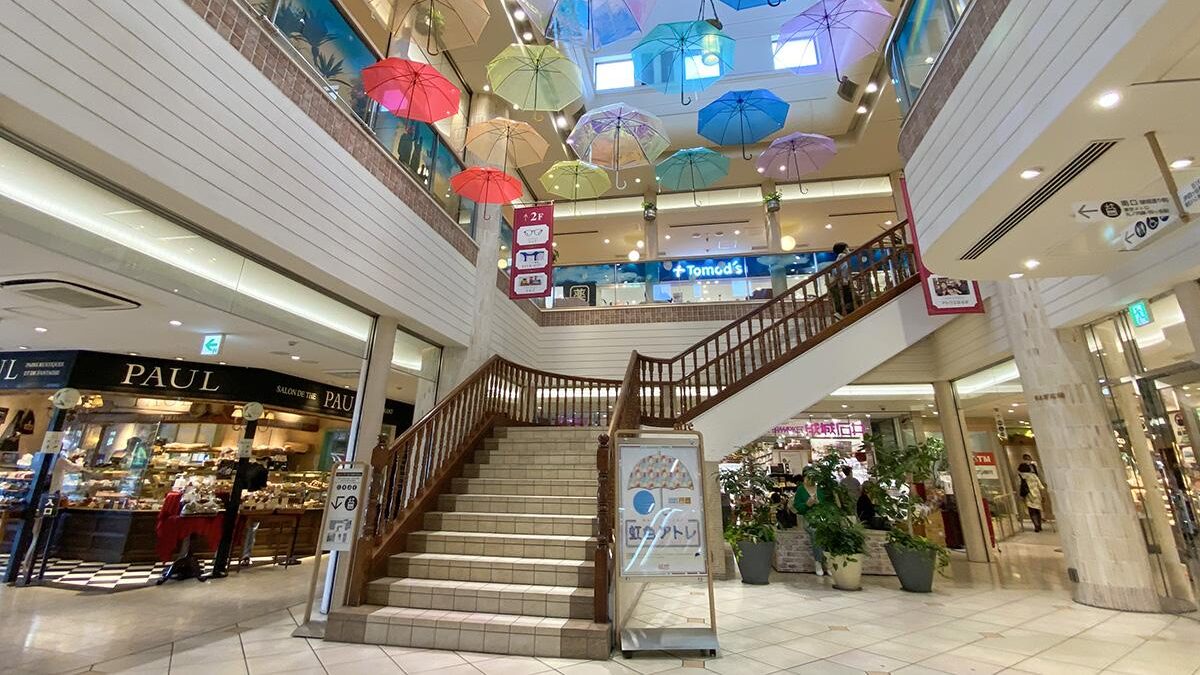
Shinmichi Dori (Street)
A culinary hotspot, Shinmichi Street is lined with a diverse range of restaurants serving Japanese, Western, and Chinese cuisine. The street is home to many delicious eateries, including the ever-popular “Katsuretsu Yotsuya Takeda”.
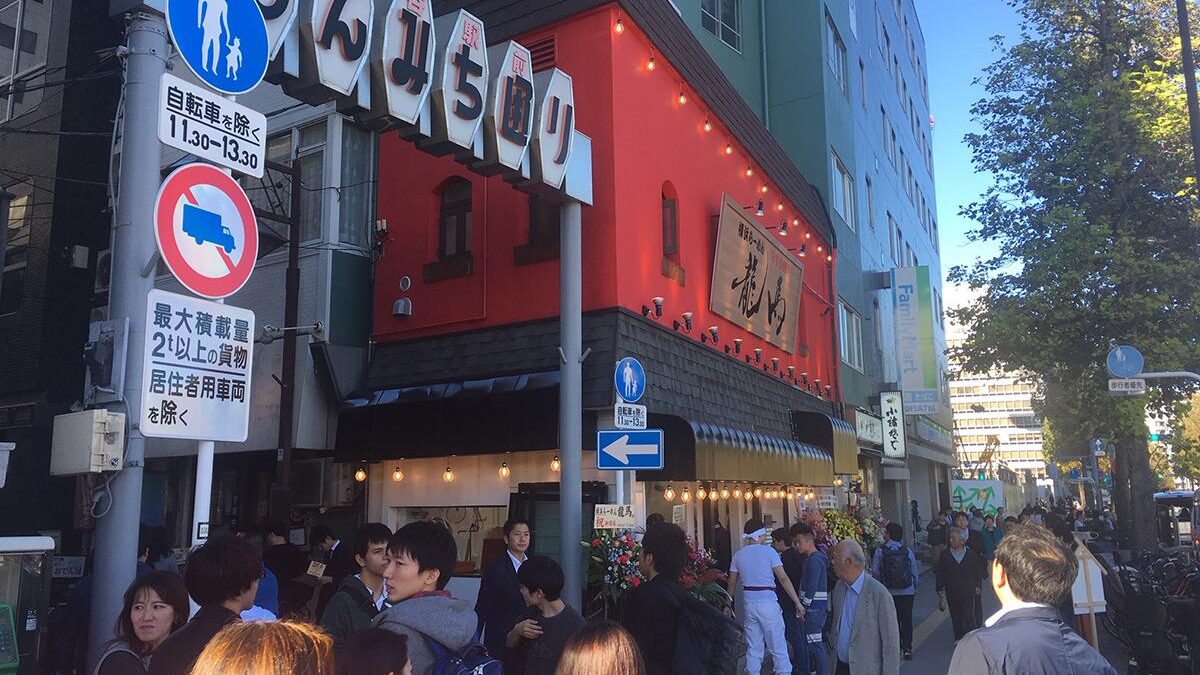
Shinjuku Historical Museum
Situated in Sanei-cho, Shinjuku Historical Museum offers a glimpse into Shinjuku Ward’s rich history. Opened in 1989, it displays pottery excavated from Shinjuku Ward and items related to Shinjuku. The museum also features a diorama that recreates Shinjuku in the Edo period, and you can enter the full-scale replicas of a merchant’s house from the Edo period and a private house from the early Showa period.
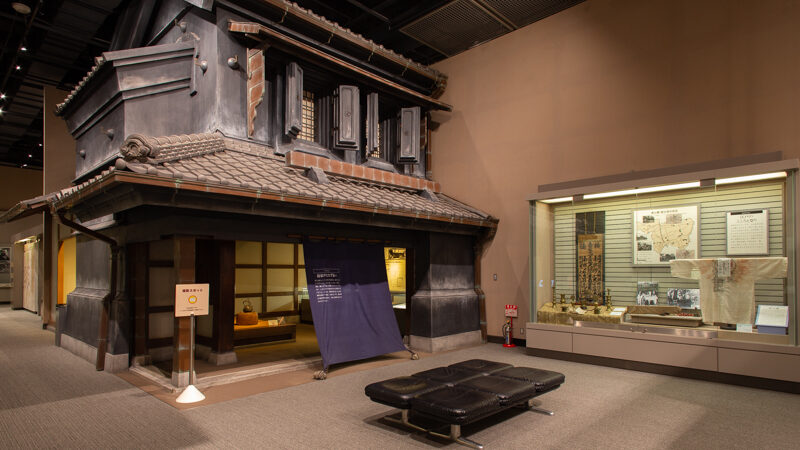
Ichigaya Fishing Center
For those who enjoy outdoor activities, the Ichigaya Fishing Center is a must-visit spot in the Yotsuya area. This unique urban fishing pond, located right next to Ichigaya Station, offers a relaxing escape from bustling city life. Whether you’re an experienced angler or a beginner, the Ichigaya Fishing Center provides all the equipment you need for a fun-filled fishing experience. The center also features a restaurant where you can enjoy a meal while overlooking the pond, making it a perfect place for a leisurely day out in Yotsuya.
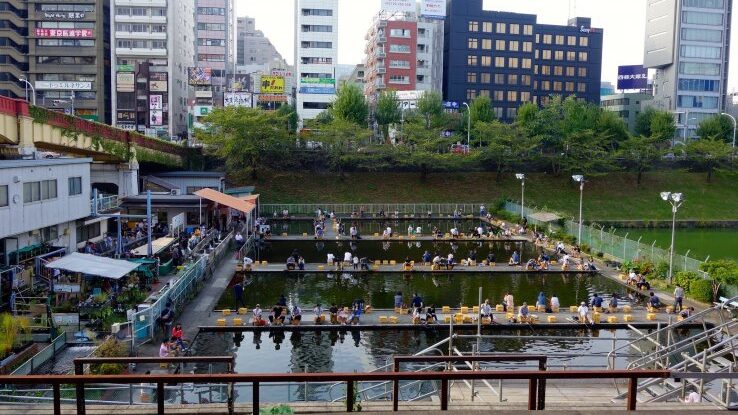
History of Yotsuya
Yotsuya’s past is a fascinating one, deeply intertwined with the history of Tokyo as a whole. The name itself translates to “four valleys,” a reference to the surrounding topography. During the Edo period, Yotsuya was primarily used as a resting place for travelers passing through the city. However, it also became home to many wealthy merchants and their families.
The Edo Period and Yotsuya’s Development
Yotsuya, originally a farming village located outside of Edo, underwent significant transformation during the Edo Period. The commencement of this change can be traced back to 1634 when the outer moat around Edo Castle was constructed, leading to the relocation of many temples and shrines to Yotsuya. Additionally, a mitsuke (watchtower) was built near the present-day Yotsuya Station.
These developments attracted more inhabitants to the area and following the Meireki fire, many survivors resettled in Yotsuya, gradually integrating it into the city of Edo. The growth of Yotsuya was further boosted in 1695 when Shōgun Tokugawa Tsunayoshi established a vast kennel for stray dogs outside the Yotsuya Gate, and in 1894, when the Kōbu Railway extended its line to the area, catalyzing industrial development.
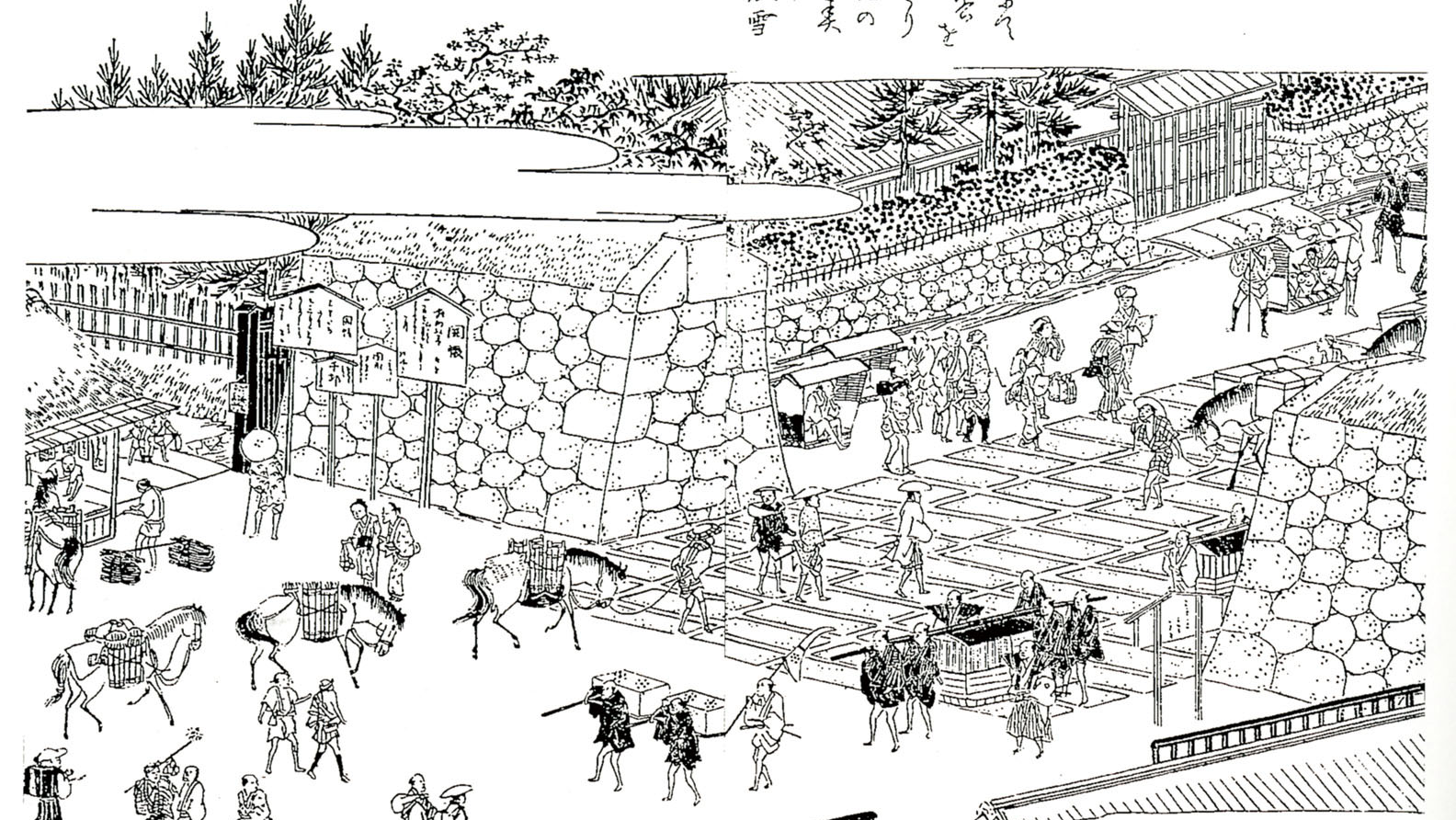
Yotsuya, which saw significant developments during the Edo Era, continues to thrive in the present day, retaining its unique historical charm while adapting to the pace of the modern world.
Transportation and Accessibility
Yotsuya is easily accessible by various modes of transportation. Whether you prefer to travel on foot, by bike, or by public transportation, Yotsuya has got you covered.
Train Stations and Subway Lines
Yotsuya is served by several train and subway lines, making it easy to get to and from the neighborhood. Yotsuya Station, located on the JR Chuo Line and Sobu Line, is a major transportation hub that connects Yotsuya to other parts of Tokyo and beyond. Yotsuya-Sanchome Station, located on the Tokyo Metro Marunouchi Line, is another major station in the area that provides easy access to other parts of Tokyo.
Biking and Walking in Yotsuya
For those who prefer to explore on foot or by bike, there are many bike rental options available throughout the neighborhood, making it easy to rent a bike and explore at your own pace. Walking is also a great option, as the area is filled with interesting shops, restaurants, and historical landmarks.
Conclusion
Yotsuya is a vibrant, dynamic part of Tokyo that offers plenty of opportunities for residents to explore and enjoy. Whether you’re interested in history, culture, nature, or nightlife, Yotsuya appeals to various tastes and preferences. We hope this guide has been helpful and that you’re feeling more excited than ever about the prospect of living in this amazing neighborhood!


